Introduction
In the realm of photonics, optical crystals play a pivotal role. By manipulating and directing light in specific ways, they’ve become instrumental in various technological advancements. This article delves deep into the world of optical crystals, revealing their unique properties and applications.
1. Nd:YAG Crystals
Neodymium-doped Yttrium Aluminum Garnet, commonly referred to as Nd:YAG, stands as a cornerstone in the realm of solid-state laser materials. Originating from its unique crystalline lattice, Nd:YAG has paved its way to prominence primarily because of its unparalleled ability to produce intense beams of coherent light when subjected to external energy sources.
The inherent brilliance of Nd:YAG is not solely rooted in its lasing capability. The crystal’s impressive optical clarity, combined with its thermal stability, ensures that it can handle significant power densities without succumbing to damage. Such resilience is crucial in applications that demand precision and reliability, especially when even minute errors can lead to catastrophic outcomes.
Diving into the optical specifics, the refractive index, which essentially determines how much light bends as it enters, stands at 1.82 for a wavelength of 1064 nm. This figure, while seemingly mundane, plays a crucial role in ensuring the efficiency of the laser system. Moreover, the birefringence of a material, which is its ability to refract light in two different directions, is another vital characteristic. For Nd:YAG, its minimal birefringence is a blessing, particularly for laser systems. High birefringence can cause beam distortion, making the laser less effective. But with Nd:YAG’s minimal values, such issues are effectively sidelined, ensuring the output beam remains pure and undistorted.
Furthermore, the versatility of Nd:YAG makes them suitable for a wide range of applications, from medical surgeries to industrial cutting and drilling. Whether it’s in precision eye surgeries or cutting through robust materials, Nd:YAG’s consistency and power have made it an irreplaceable asset in the optical world.
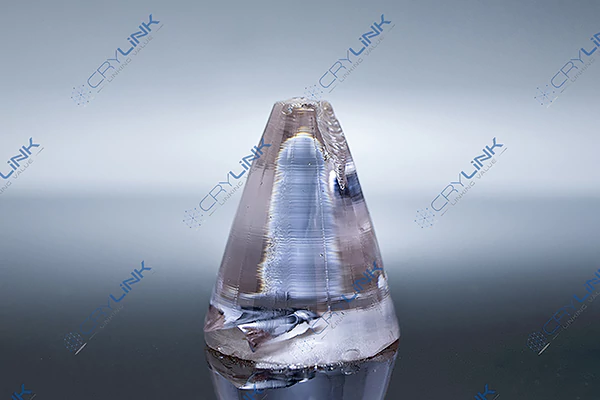
2. Ti:Sapphire Crystals
A marvel in the world of optical materials, Titanium-doped Sapphire or Ti:Sapphire is renowned for its versatile laser emission properties. Infusing sapphire with trace amounts of titanium gives rise to an incredible metamorphosis in the optical properties, transforming it into a powerhouse capable of emitting a range of wavelengths.
The beauty of Ti:Sapphire lies in its broad tuning range. This means the crystal can produce laser light across a wide spectrum, allowing for custom-tailored outputs based on specific needs. This adaptability is particularly invaluable in scientific research, where varied wavelengths can have distinct interactions with experimental materials.
The high gain of Ti:Sapphire is another hallmark that sets it apart. ‘Gain’ in this context refers to the ability to amplify light. A high gain ensures that the laser system can produce incredibly intense beams of light even from minimal input. This efficiency is especially crucial in ultrafast pulsed lasers, where rapid bursts of intense light are paramount.
On the subject of optical properties, Ti:Sapphire’s refractive index of 1.76 at 800 nm is worth noting. This measure not only affects how light interacts with the crystal but also plays a crucial role in determining the efficiency and quality of the resultant laser beam.
Further enhancing its portfolio is the crystal’s birefringence. Birefringence is a phenomenon where the crystal refracts incoming light in two distinct directions. In many contexts, this could be problematic, potentially leading to beam distortion. However, for Ti:Sapphire, its inherent birefringence is leveraged advantageously, fine-tuning its lasing capabilities and ensuring beam purity.
Ti:Sapphire’s suite of unique attributes has cemented its position in advanced optical systems, from laboratory research to medical applications. Its ability to produce precise, high-quality beams has made it indispensable to professionals and researchers alike.
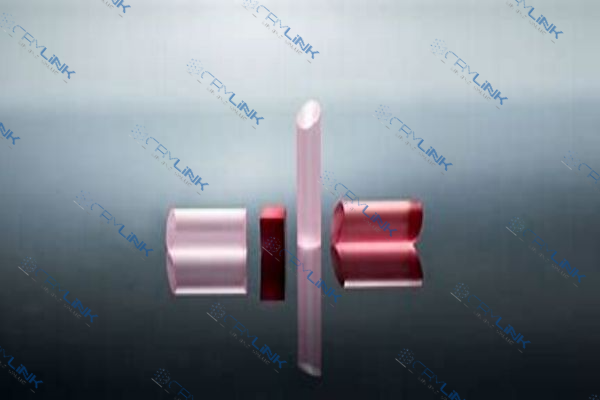
3. KTP Crystals
Potassium titanyl phosphate, colloquially known as KTP, is an optical crystal with exceptional properties that make it an invaluable asset in the world of laser photonics. Emerging as a frontrunner in non-linear optics, the KTP crystal has carved out a niche for itself, primarily in the realm of frequency conversion.
At the heart of its applications lies the capability of KTP to perform frequency doubling, especially for lasers like Nd:YAG. In simpler terms, frequency doubling, or second harmonic generation, is the process wherein photons interacting within a non-linear material combine to produce new photons with twice the energy, and thereby, half the wavelength of the initial photons. Given the inherent properties of KTP, it effectively doubles the frequency of the light from Nd:YAG lasers, transforming infrared emissions into visible green light.
Delving deeper into its optical nuances, KTP’s refractive index stands at 1.86 for a wavelength of 1064 nm. This figure plays a pivotal role in determining how the interacts with light, influencing beam propagation and the subsequent efficiency of frequency conversion.
Moreover, an often-understated attribute of KTP is its remarkable birefringence. Birefringence can be visualized as the differential in the speed of light passing through a material, based on its polarization. In KTP’s case, its significant birefringence is not a mere coincidence but a tailored feature. It aids in phase-matching, a critical condition wherein the conservation of energy and momentum is ensured during non-linear processes. When phase-matching conditions are met, the efficiency of the non-linear process, like frequency doubling, is maximized, allowing for optimal output.
In summation, KTP’s prowess lies not just in its fundamental properties but also in its intricate dance with light. It’s a material that showcases how, when nature’s elements are arranged just right, they can produce a symphony of light that’s both beautiful and technologically groundbreaking.
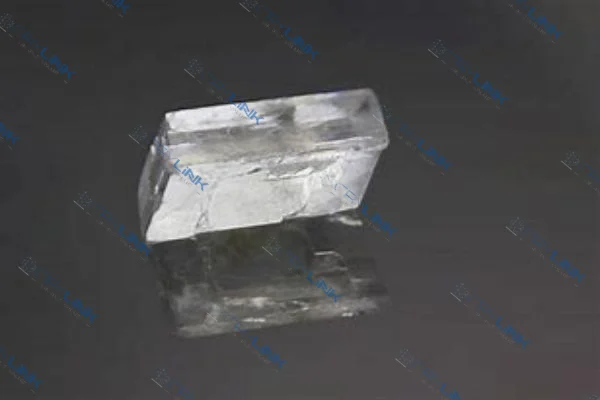
4. PPLN Crystals
Periodically-poled lithium niobate, abbreviated as PPLN, emerges as an exemplar in the expansive landscape of optical materials. At its core, PPLN is not just another crystal; it’s an engineered marvel. By creating meticulously arranged domains with alternating orientations, PPLN has unlocked a new dimension in nonlinear optical processes, amplifying its prowess in a range of applications.
This deliberate design of alternating domains in PPLN acts as a catalyst in enhancing its nonlinear properties. This periodic structure facilitates quasi-phase matching, a technique wherein the crystal’s design compensates for the natural phase velocity differences between interacting waves. Such meticulous engineering allows for more efficient nonlinear interactions, like frequency conversion and parametric oscillation, with reduced losses.
A cornerstone in PPLN’s optical signature is its refractive index, standing tall at 2.20 for a wavelength of 1550 nm. This attribute not only governs how light traverses through the crystal but also influences the myriad nonlinear interactions that PPLN is famed for. A high refractive index like this can lead to increased interaction between the light and the medium, thereby enhancing the efficiency of various optical processes.
Yet, it would be an oversight to discuss PPLN without extolling its birefringence. High birefringence in optical crystals like PPLN is akin to having a superpower. It implies a stark difference in how light of different polarizations travels through the material. This differential, combined with the crystal’s engineered structure, results in advanced phase-matching capabilities. With phase-matching being integral to the efficiency of nonlinear processes, PPLN’s heightened birefringence ensures that the crystal can deliver unparalleled performance across a plethora of applications.
In essence, PPLN stands as a testament to how human ingenuity, when paired with nature’s offerings, can craft materials that not only defy traditional limitations but also pave the way for revolutionary optical advancements.
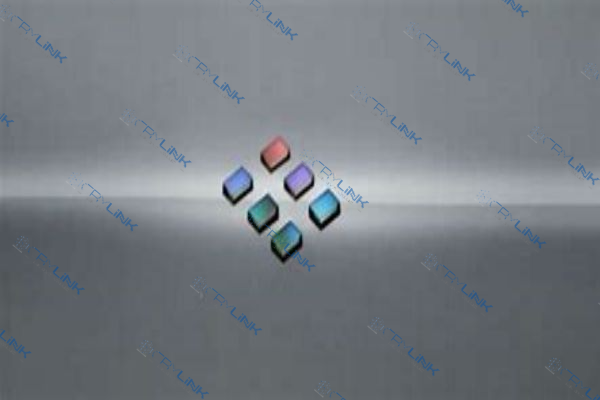
5. Additional Noteworthy Optical Crystals
The pantheon of optical crystals extends beyond the more frequently discussed members. Among these, Beta Barium Borate or BBO stands tall, renowned for its versatility in nonlinear optics. BBO’s prowess encompasses a myriad of applications from frequency tripling, where it converts one photon into three of higher frequencies, to optical parametric oscillation, where it facilitates the conversion of a photon into two photons of lower frequencies.
Parallel in significance is Lithium triborate, commonly known as LBO. This crystal distinguishes itself with a remarkable transparency range. Such a vast range ensures that LBO can function efficiently across multiple wavelengths, making it a prime choice for high-power lasers where intense beams require materials that won’t degrade or falter under such potency.
Lastly, the roster is augmented by the inclusion of Yttrium Orthovanadate, or YVO4. This crystal has carved a niche for itself, especially in the realm of diode-pumped solid-state lasers. One of its crowning features is its impressive damage threshold. In the domain of lasers, where even minute imperfections can impede performance, YVO4’s resilience ensures that it can withstand intense laser beams without succumbing to degradation or damage.
Collectively, these crystals exemplify the breadth and depth of possibilities within the field of optics. Each one, with its unique attributes and capabilities, contributes to pushing the boundaries of what’s achievable in the world of light manipulation.
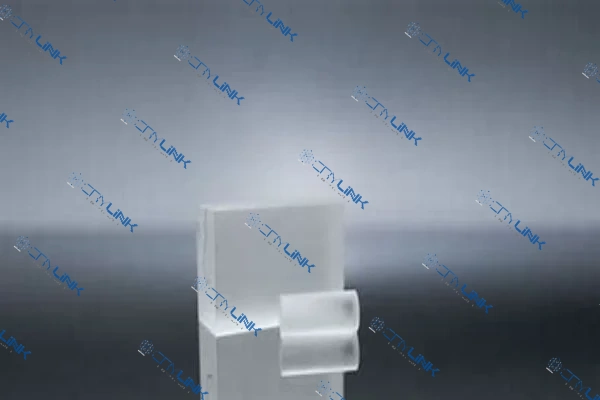
6. Factors Influencing the Selection of Optical Crystals
Selecting the right crystal isn’t merely about optical properties. It’s essential to consider factors like environmental stability, damage threshold, and ease of fabrication.
Conclusion
Optical crystals are the unsung heroes behind many of today’s technological marvels. From lasers to communication tools, they’ve paved the way for advancements by harnessing and manipulating light in unprecedented manners. Whether it’s Nd:YAG’s powerful beams or the unique domains of PPLN, each crystal offers a realm of possibilities. As science continues to uncover the depths of photonics, the potential of these crystals will only shine brighter.
FAQs
- What are the primary applications of Nd:YAG crystals?
They’re predominantly used in laser systems, including medical and industrial lasers. - Why are PPLN crystals periodically poled?
The alternating orientations enhance their nonlinear optical capabilities. - How does birefringence impact optical properties?
Birefringence can affect the phase matching in nonlinear optical processes, influencing efficiency. - Which crystal is best for high-power lasers?
LBO crystals, with their broad transparency range, are preferred for high-power applications. - Are all optical crystals naturally occurring?
No, many are synthetically grown in labs to achieve desired properties.

Frank
Frank graduated from the University of Shanghai for Science and Technology, majoring in optics. As a technical engineer at Crylink Company, he deeply understands crystal materials and laser components.
Related Video(s) with this Article
Related Product(s) with this Article
Related Application(s) with this Article
